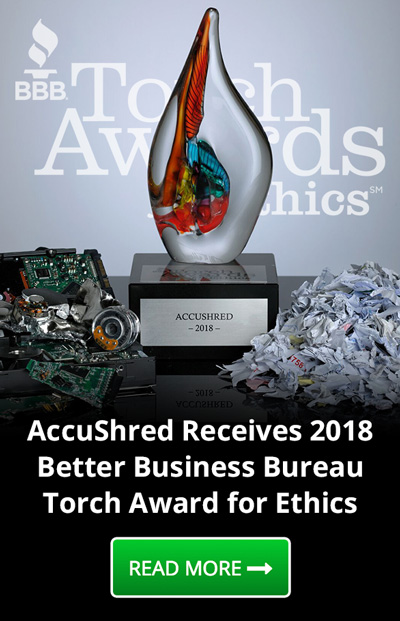The Steady Increase of Corporate Identity Theft – Companies beware!
Article by John Olsen, CPA, CFE of The Bonadio Group
One of the fastest growing crimes in the U.S. is personal identity theft. However, perpetrators have found that corporations are an easier and more lucrative target for identity theft.
According to the latest statistics available, corporate identity theft amounts to roughly $48 billion dollars a year in the U.S. alone. The numbers have been steadily increasing over the past decade.
Identity thieves are using today’s technology to create professional looking documents, on corporate letterhead which are actually fraudulent. Also, identity thieves have quick access to corporate ID numbers on state websites.
The various ways that a corporation’s identity can be used by a perpetrator to commit fraud:
- Creating fictitious documents: Due to widely available software and technology, a forger can easily duplicate purchase orders, invoices, bank statements, cash and credit card receipts, stock certificates, and other corporate documents that all contain a company’s logo.
- Fake document schemes include:
- Counterfeit checks: Did you know that when companies send checks out to vendors, their corporate banking information is available for the public to see? Accounts receivable clerks at vendors (who makes copies of company checks) is the easiest way for thieves to get banking information. Thieves find bank account numbers from legitimate businesses and then print counterfeit checks using real bank account numbers. They use these fraudulent checks to purchase thousands of dollars of merchandise or services from merchants and are long gone before the fraudulent check is caught by the bank or the corporation.
- False purchase orders: The simplest of schemes. Thieves create purchase orders that look like legitimate corporate purchase orders and send it to a vendor often used by the corporation. The only thing changed on the fake purchase order is the “Ship to” address so the goods are shipped to the fraudster. By the time the corporation finds out, the fraudster has taken the goods and is nowhere to be found.
- Fictitious bank forms and correspondence involves the thieves sending documents to corporate banking customers from the bank’s fraud control department with the documents request corporate and banking information which can be either sent to the bank (with a reply envelope) and with a toll free number to call. Another aspect of this scheme involves thieves sending fictitious IRS forms and bank correspondence asking corporate banking customers to provide confidential corporate banking to the IRS.
- Corporate identity theft scam involving credit checks involves the thieves creating a false company which sends out a credit application letter to the corporation indicating it needs references and information prior to granting credit. With the information given, the thieves steal money and get loans of credit elsewhere without the corporation’s knowledge.
- Fake document schemes include:
Identity theft is becoming more and more prevalent and companies should be aware of it!
Protecting a company’s identity is the job of all of its employees. With today’s access to technology and information, be careful with all documents and sharing and be aware of the risk associated with providing confidential corporate information by mail, email, or telephone.








